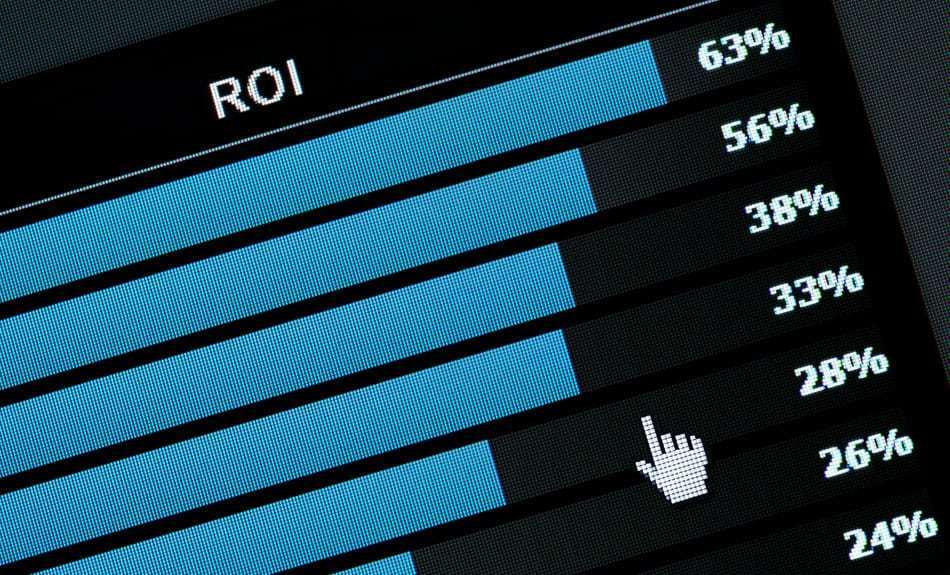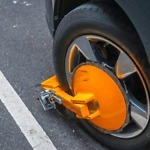LPR Enforcement ROI

Parking enforcement ROI is an appealing prospect for many who manage parking. LPR parking enforcement offers opportunities for improved management with reduced long-term costs. It can also open up opportunities for improved revenue generation. While the technology is not new, many want to better understand the associated costs and the projected return on investment (ROI) for this technology.
As we start to talk to different gated garage and lot operators about our LPR module, we find conversations focusing on where the technology generates returns, and what they can expect for implementation and ongoing costs. What follows is a summation of some highlight for license plate recognition (LPR) parking enforcement.
What’s Your Goal?
We encourage parking managers to think about what their specific goals are for adopting LPR technology. Also considering, what they want to replace their existing system. Most often, we hear that their current systems are resource heavy, and frequently inefficient. Furthermore, they tend to require a lot of troubleshooting because they rely on manual processes which inevitably generates mistakes. We also hear, especially from municipalities, that there’s an ongoing struggle with public demands for better parking options and availability. While each parking operation is unique, most have similar issues and strive towards similar goals:
- A more efficient process that makes better use of resources
- Improved accuracy of permit management and violations
- Reduced costs
- Improvements to revenue
- Ease of use and implementation
- A better customer experience
- And of course! ROI
The LPR Parking Enforcement Investment
There are several things to consider when it comes to the costs of a LPR parking enforcement system. First and foremost is the hardware.
Hardware costs
Whether you are using the system for a garage, lot, or mounting on a vehicle, you will require two cameras. The cost of the cameras and the associated LPR module will run approximately $26,000 for mobile and mounted lots. LPR cameras can be installed on most vehicles so a new vehicle would not be required should you already have one for enforcement.
LPR parking enforcement licensing costs
Most of the existing LPR operations have a network of integrations for cross-reference of data. Many parking departments that use LPR have one supplier that feeds information into a second supplier parking administration system. This can create some complications with communications, support response, and multiple annual licensing fees which will vary depending on the vendors. The various combinations of systems can range from $15,000.00 annually and up depending on the hardware options.
With OperationsCommander (OPSCOM), the LPR system is unique. Our license plate recognition module uses camera data and cross-references it within our permit and violation administration system offering data within one system to initiate the appropriate notifications quickly without complications. This reduces multiple licensing fees and reduces assessments from multiple vendors for support issues which alleviates any time trying to figure out whose issue it is before responding. This can be huge cost savings for organizations resulting in LPR ROI.

Setup fees
Most LPR parking enforcement installations come with a one time set up fee to cover camera mounting, proper lens placement, wiring and power to camera hardware. The fee also includes camera configuration or integration to pull data into the parking administration solutions depending on the nature of your setup.
Internal resources
Much like any new software, you will require some IT expertise in-house to support the system. While many offer support for their systems, like we do, it’s always a good idea to have someone in-house who can be a go-to technical person who understands the technology and the system as a whole.
You should also plan for training both when you bring the new system into your operations, and for any new employees who join your team. We also encourage all of our clients, regardless of the system they have in place, to emphasize employee training especially for cyber-security to protect their data from mistakes that could make them vulnerable to hackers.
LPR Parking Enforcement ROI
The return you’d see with an LPR parking enforcement implementation is a function of several things and will vary based on the system you’re replacing. However, there are some stand-out areas where LPR almost always generates improvements for a parking operation and guarantees License Plate Recognition ROI.
Reduced costs
The first and most apparent return is a reduction in costs.
Gates
For gated lots or garages, gate hardware and its maintenance can often exceed the cost of the cameras that will replace them. While cameras also have ongoing maintenance costs, in most cases they are lower than for gates that have many moving parts and can sustain damage from vehicles
Patrols
An LPR system allows you to find resource inefficiencies in your operation including a reduction in people-hours to patrol, identify violations, and for ticketing. In the case of a lot-mounted LPR camera, the system automatically notifies enforcement of fraudulent permits when entering the parking area. Enforcement officers are dispatched when needed and don’t need to patrol the area regularly for parking violations.
Patrolling with vehicle-mounted cameras requires far fewer enforcement staff hours than traditional patrols on foot and save a tremendous amount of money in payroll costs. An LPR camera can patrol more than 1,500 parking spaces per hour in most cases which is a more effective use of your enforcement staff and not needing enforcement staff for each of your parking areas.
Administration
Manual parking management systems are resource heavy. LPR technology replaces most of the manual processes with an automated system of data collection and notification. Here are just a few examples of how parking operations who use LPR technology can find efficiency and reduce costs for their administrative functions:
- Permit applications and issuance are done digitally, eliminating the need for lineups and manual processes
- Eliminates the need for printing and mailing tags or permit decals
- All staff have access to the most current data in real-time which means fewer mistakes
- An LPR system creates documentation (photos) that reduces the number of appeals, requiring fewer resources to manage
- Since LPR brings in more stringent parking compliance revenues will increase due to violations increases which will then increase permitting
Accuracy
Two things to consider about the accuracy of an LPR system are the accuracy of the camera’s read of license plates, and the accuracy of the data.
LPR cameras have been in use for decades, but they can’t always be relied on to read a license plate accurately. There are circumstances where a camera cannot accurately detect the plate because of a restricted or compromised view. Some examples where camera accuracy and effectiveness will come into question include:
- A damaged or bent plate that distorts or restricts the view;
- License plates mounted incorrectly or outside of the standard position;
- An object inhibiting a clear view of the plate such as a trailer hitch or the trailer itself; or
- A scenario where the plate is missing entirely.
The good news is, this is less of an issue with the technology. It is more of an issue of circumstance. The occasions of unreadable licenses plates will likely represent a small percentage of vehicles for most operations. The OPS-COM LPR module allows you to correct inaccurate reads manually to reduce inaccurate plate detection. When that plate is reread, the module is smart enough to adjust it automatically the next time, therefore reducing inaccuracies. Data collected by LPR systems is highly accurate and is a reliable source of information for both issuing violations and improving your parking management strategy. The reality is, cameras are less prone to errors than people are. This is especially the case for systems handling multiple points of data manually.
Enforcement and Compliance
LPR technology simplifies the process of identifying parking violations. It equips your team with the information they need to issue violations. Stationary cameras will automatically notify enforcement personnel and dispatch them to the location to issue a violation. Vehicle mounted cameras cover significantly more spaces per hour, expanding the total patrol area each day.
The use of LPR systems often creates more stringent parking compliance. Drivers quickly come to realize that they are more likely to be ticketed for parking illegally or past their time limit. They will choose to follow the rules. Pay-by-plate permit issuance also eliminates the opportunity to create fraudulent permits or misuse.
Data tracking and access
LPR systems don’t only track vehicle license plate and location information. They can also monitor parking space occupancy and length of occupancy. This information can have a significant impact on strategic decisions about the overall parking operations and how to most efficiently use your parking real-estate. We have highlighted several ways different Cities have put parking data to work to improve the parking situation for their constituents.
Data is most helpful if you have access to it when you need it. Data is collected and made available in real-time which means that enforcement staff have up-to-date information on the history of a vehicle and can better determine a course of action. It also means that office staff have updated information to handle customer inquiries, violation payments, and permit renewals. Your team spends less time tracking down information or correcting mistakes.
Customer experience
Moving to an LPR parking enforcement system does more than find inefficiencies in your operations. It is the right customer service solution. The removal of gates translates into better traffic flow in and out of parking zones and eliminates bottlenecks at entrances. Most users appreciate an easy online permit application process. There’s convenience with the pay-by-plate metering for non-permit spaces or Text2Park mobile payment options. Overall it creates a simpler and more flexible way for drivers to pay for parking. The improvements in parking compliance mean there are fewer fraudulent vehicles. This allows better access to parking for paying users. For many organizations, access to data about how drivers are using their parking spaces often leads to improvements in parking. LPR is usually a win-win for organizations and their users which guarantees License Plate Recognition ROI.
If you’re considering LPR technology for your parking operations, it’s an excellent first step to start putting pencil to paper. Determine where you can find cost savings or identify revenue opportunities.
Feel free to contact us, and we’ll help you define your goals and determine if LPR is a fit for your operations.


